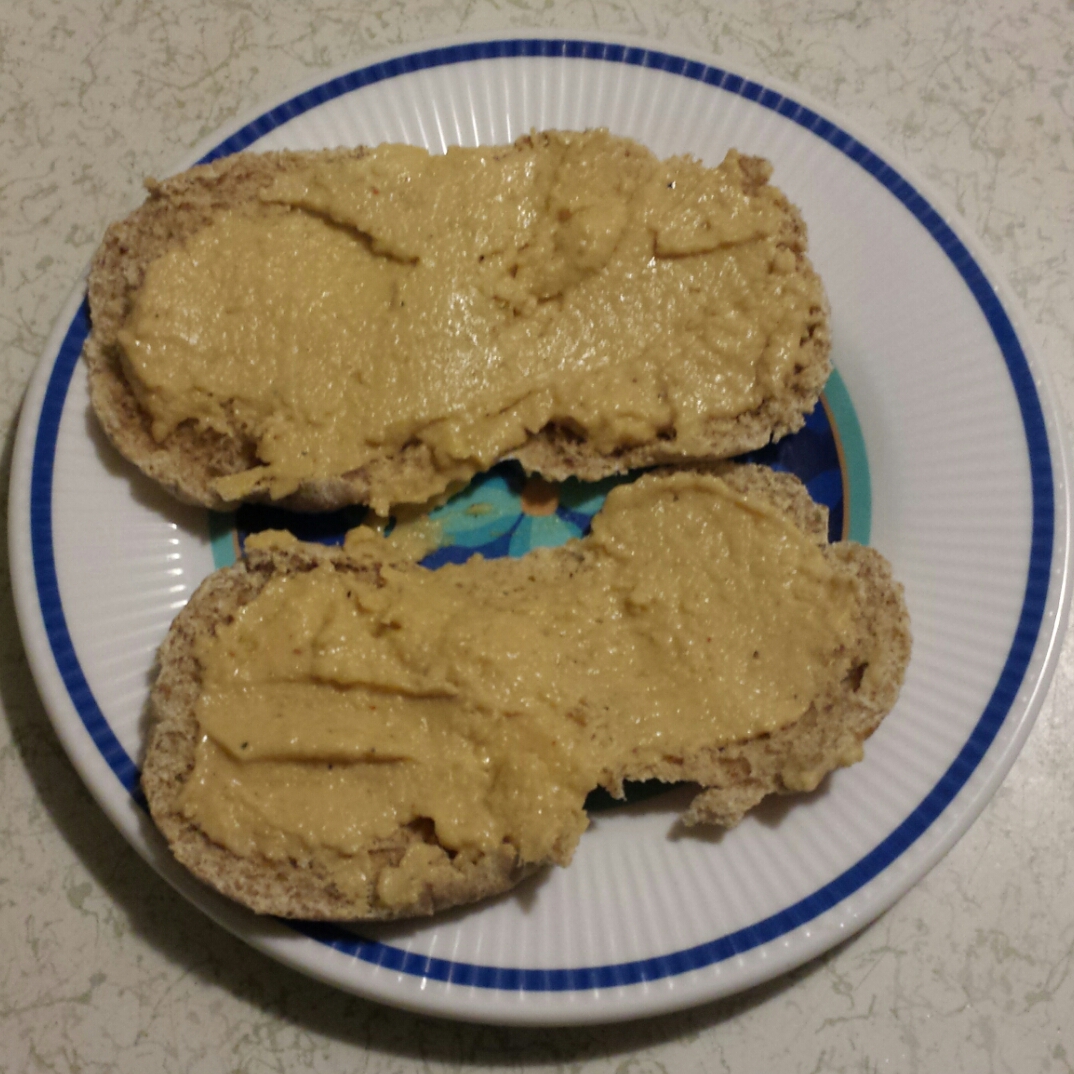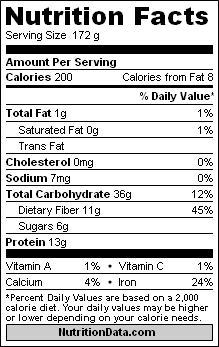“What does this have to do with weight loss?” you may ask. Nothing and everything. Please bear with my ramblings a bit longer. In late 2007 I found myself once again in the market for a new phone. When I surveyed the smartphone landscape at that time, I was faced with the choice of shelling out the big bucks for the recently released iPhone, or getting the latest incarnation of Palm yet again. I knew that the Apple option was a phenomenon, and had been heralded as a game-changer, but it was very expensive, and I saw it as somewhat of a yuppie, Mac-user toy.
I decided to stick with tried-and-true. The Palm Centro was only $99. I was familiar with its capabilities and limitations. I knew what I was getting, and was satisfied that it was a good bargain. So, for the next four years, I contented myself with the “trusty but limited” Centro phone while I watched various incarnations of iPhone and the new rival AndroidOS-based phones flood the market. Finally, in 2011, I felt that it was time to test the waters again. In early summer of 2011, I started talking to Marlene about getting us both a new smartphone. I remember those conversations very clearly. She had also been rather underwhelmed by our previous smartphones, and was currently using the decidedly not-so-smart LG Rumor LX260. She was satisfied with the simple interface that did everything that she wanted from a phone, and she was wary of the huge price tag that came with, from her perspective, a pointless array of bells and whistles.

Smartphones will make us healthier!
I set to work doing some research, and I came back to her with a proposal for two Droid X2 Android phones, and a list of their benefits. Included on that list was “health management”. I argued that there were applications out there to plan a diet, count calories, keep track of exercise, etc. She responded with something like, “If you want to do that, it’s fine with me, but I have no interest.”
The “get healthy by buying a new phone” idea was shot down, but we did end up buying the phones. They very soon worked their way into almost every facet of our lives. Timers, reminders, photographs, Facebook, games, research, shopping, surfing, texting, reading… No “health management”, though. Not yet, at least.
What do I have to lose?
As mentioned in Part 2 of this series, sometime around February 2013 I reached a turning point in my struggle with weight loss. I was the heaviest that I had ever been in my life, and I remembered my earlier conversation with Marlene (almost 2 years prior) about health management applications for our phones. I thought to myself, “what do I have to lose?” (Pun intended.)
In my search for an app, I only remember two criteria: professional looking and free. There are certainly other professional, free apps available. I haven’t tried any of them. I don’t know how they compare. I decided to download the Noom application on Saturday, March 16, 2013, and I almost immediately started seeing results. I had intended to use it briefly and then try something else, but after the first week, I was enjoying Noom so much that I wasn’t really interested in shifting my focus.
It’s a game!
Noom is structured like a game. When you first start the application, it asks for some information: age, height, weight, etc. It also asks about exercising habits. After this brief questionnaire, it gets right into the program. Each day, Noom provides several tasks to complete:
- Eat three meals, and record what you ate
- Record your weight
- Read a concise article or two, usually focused on diet or exercise
- Occasionally accept or reject a challenge
- Walk a certain number of steps each day
- Do your scheduled exercise, and record it
For each task that you complete, Noom awards “points”. After a certain number of points, you “level up”. The app presents a progress bar showing what level you are on, how many points you have, and how many points you need to get to the next level. As with all video games, the first couple of levels are pretty easy to achieve. You will likely be on level 2 within the first week. The higher the level, though, the more points needed to level up again. As of this writing, I have 37,361 points and am on level 20.
Noom awards points for everything you do. Record your weight? Doesn’t matter if your weight went up or down. You get points either way. Record your meal? Whether you ate well or not, you get points. So then what’s the point? (Pun intended.) Noom apparently assumes that if you are paying attention to your health – recording weight, recording meals, reading articles, etc. – then you will ultimately make wiser decisions. In my case, it worked.
– danBhentschel



